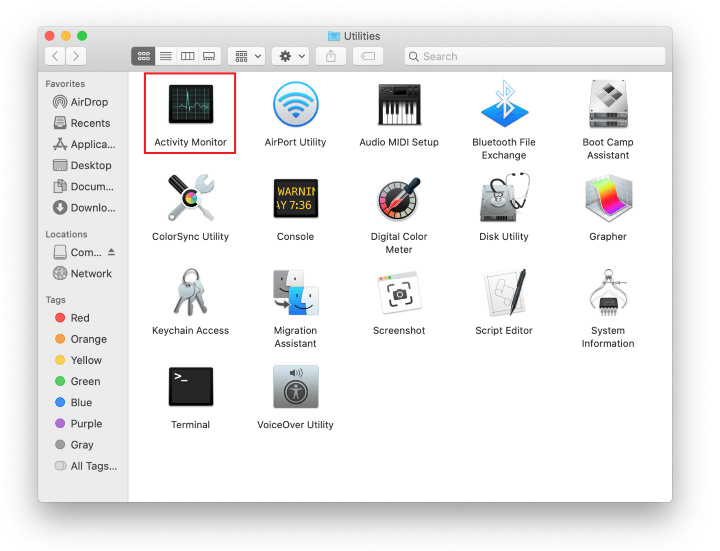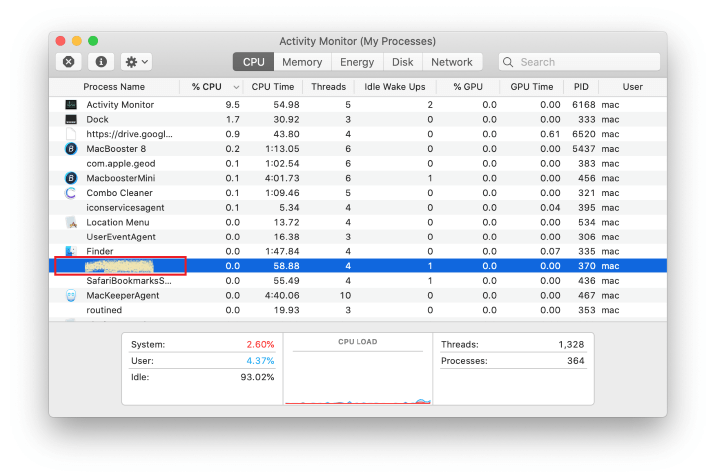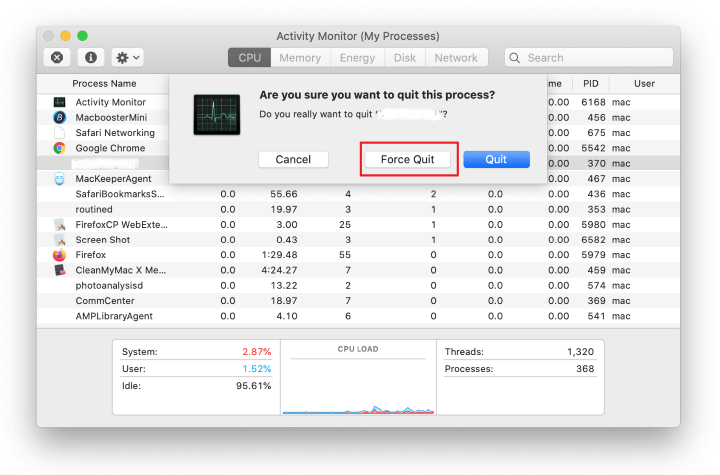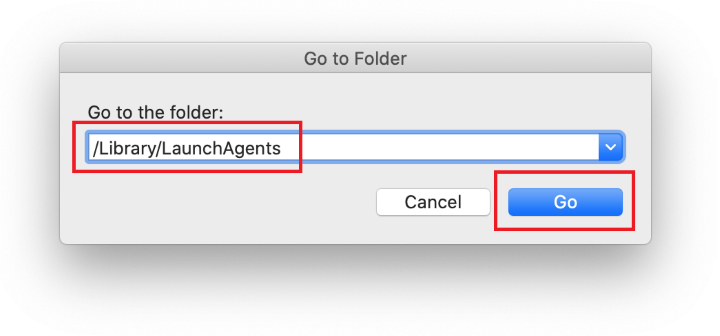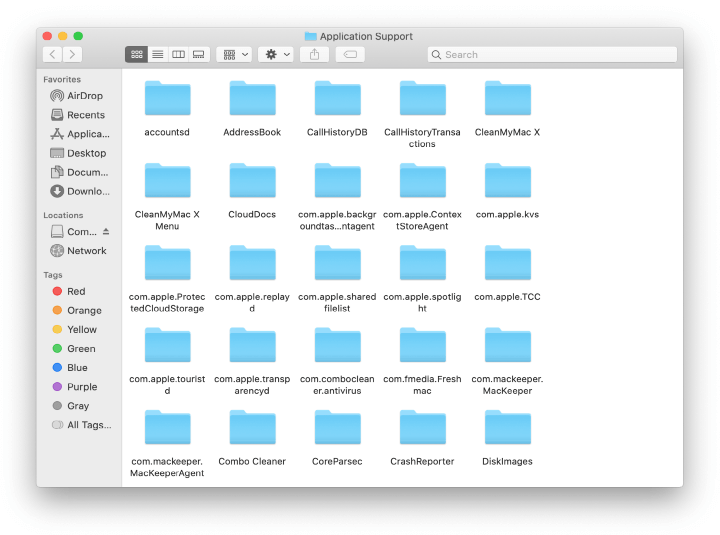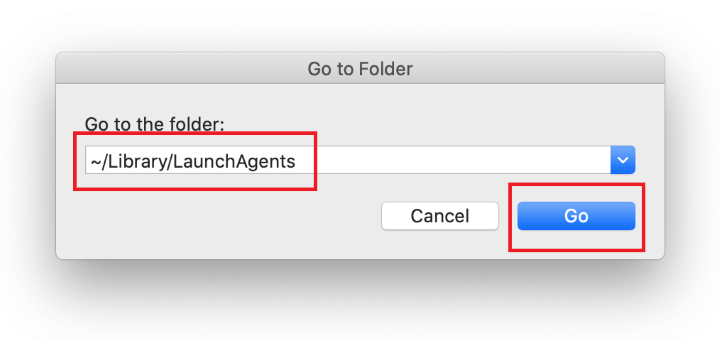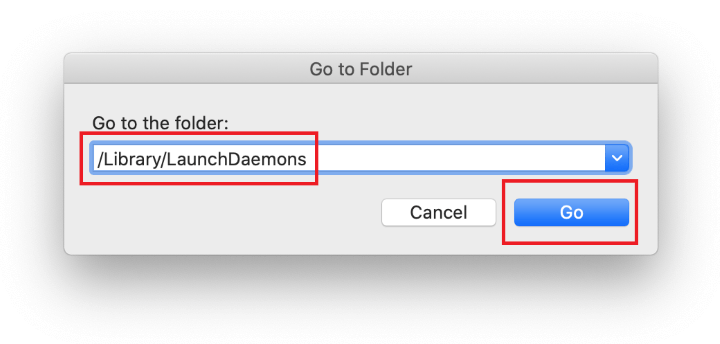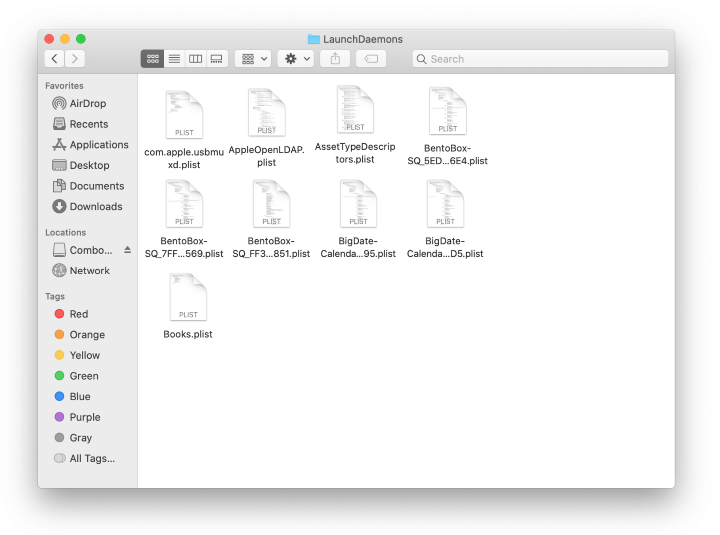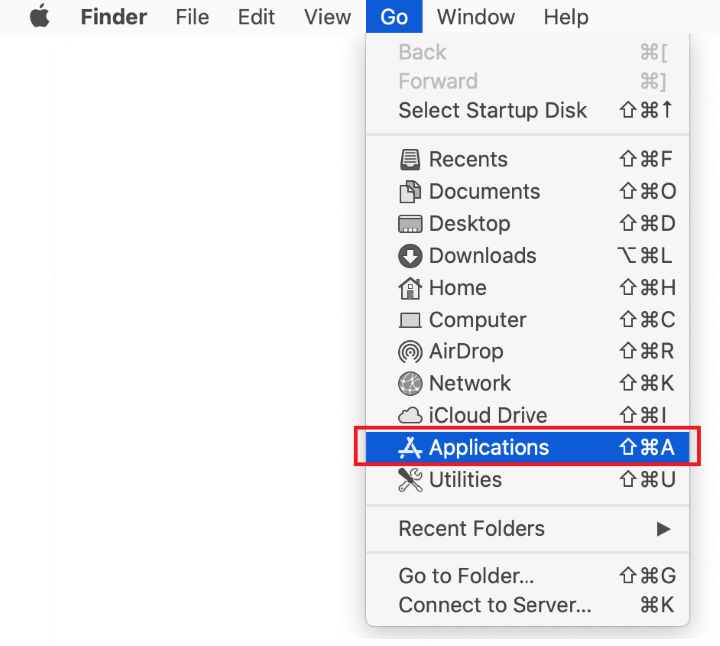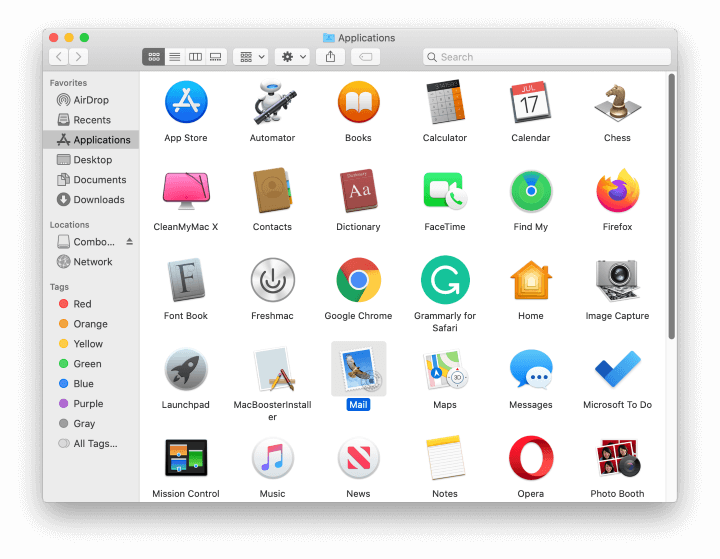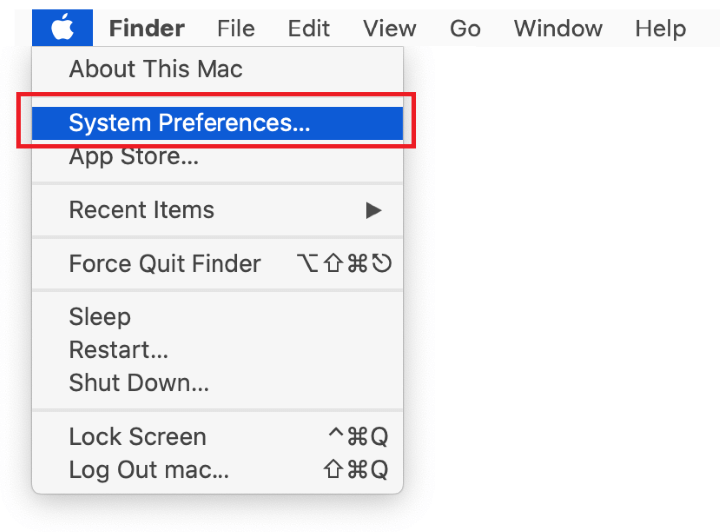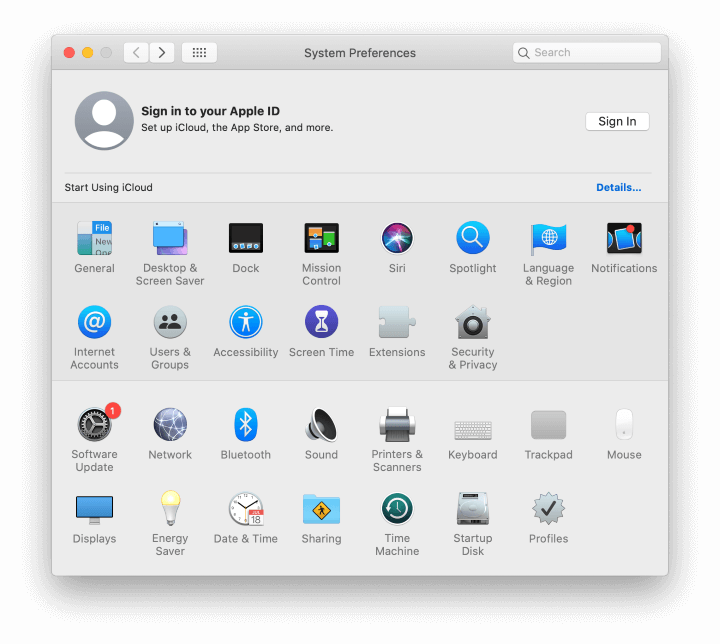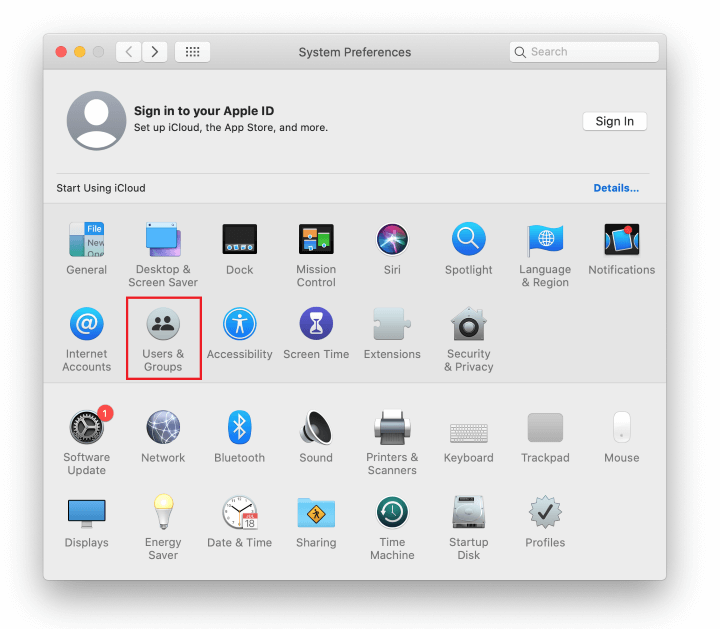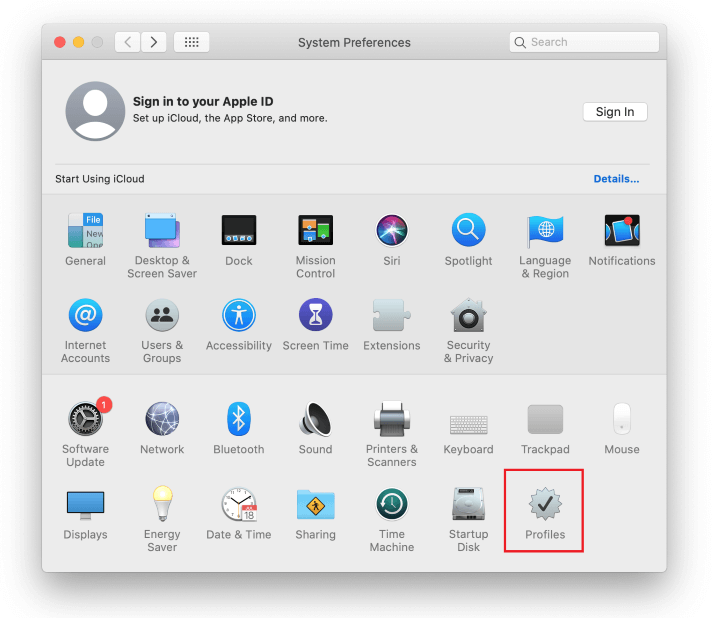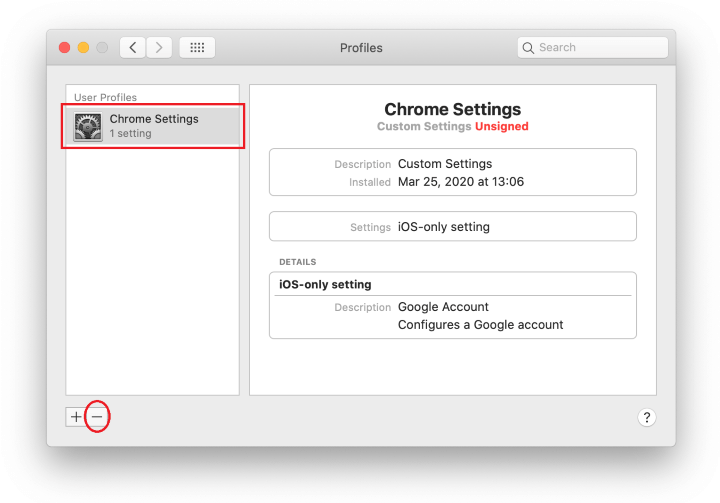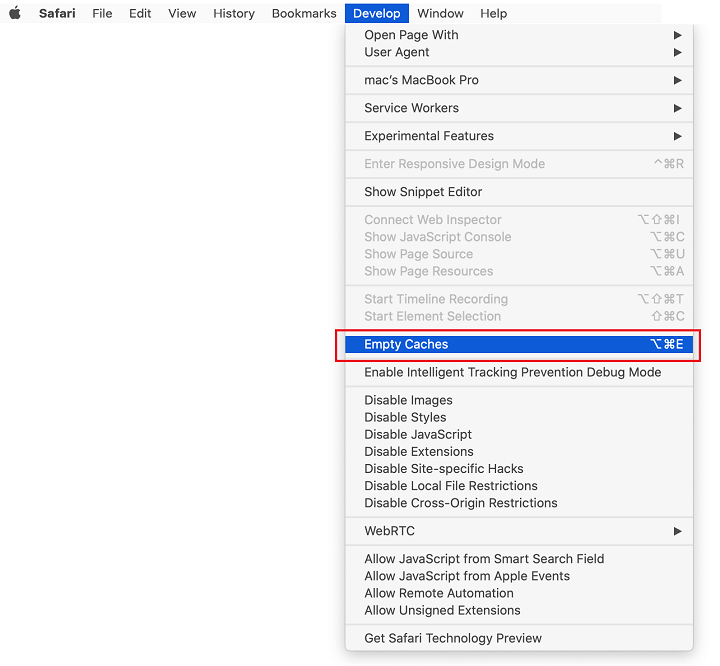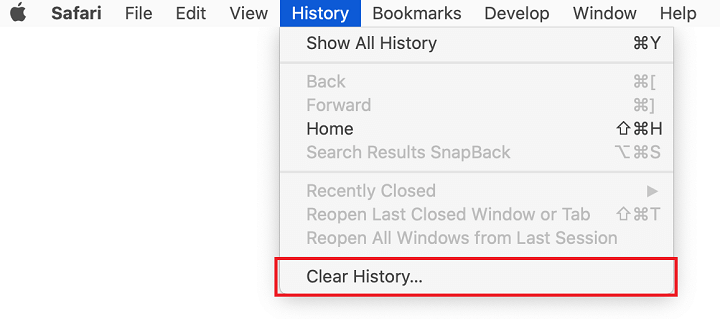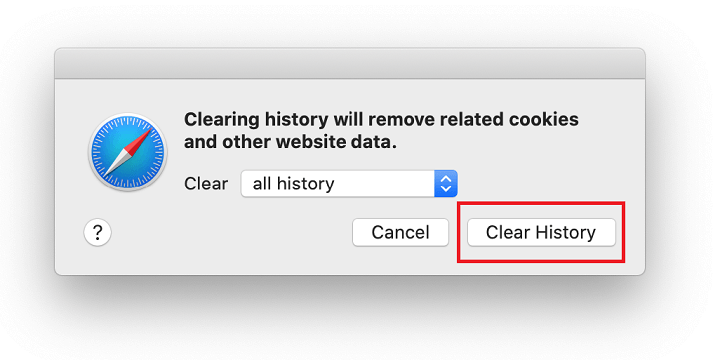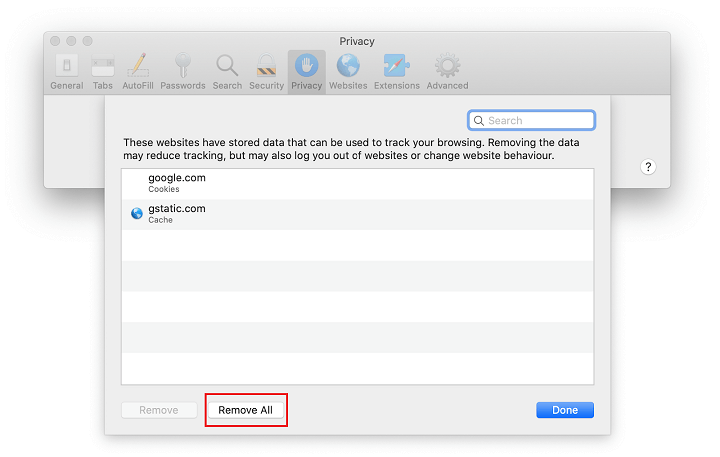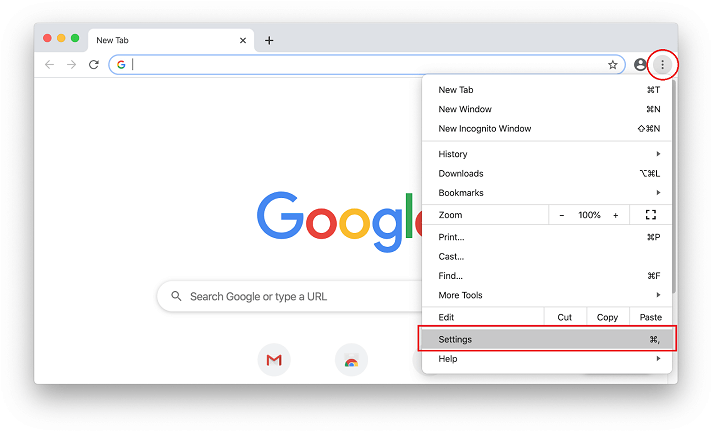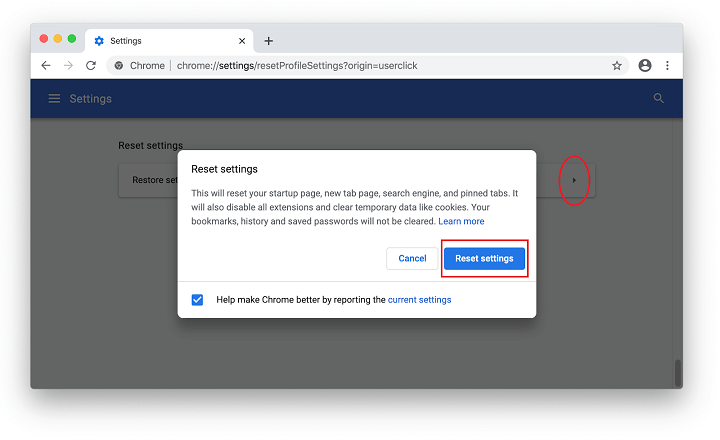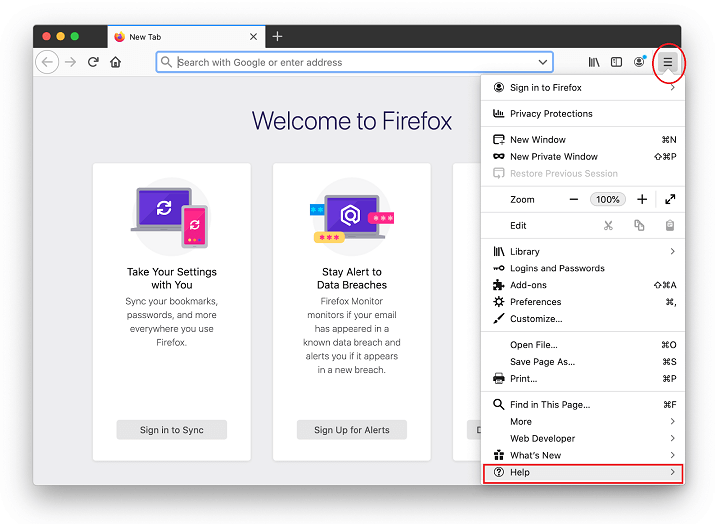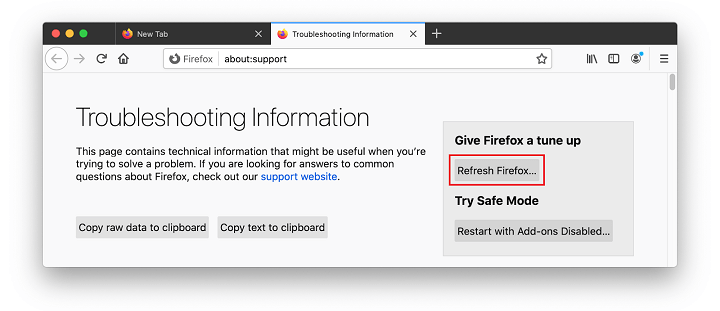Peruse this entry to learn what kind of a Mac infection MyWay Search is and get the hang of the procedure to get rid of this browser hijacker completely.
Update: May 2020
MyWay Search is an online service that embodies the whole imposture residing on the worldwide web. It has gained notoriety for being one of the most persistent browser hijacking viruses that infect Mac and Windows machines alike. Its cross-platform gist and evasiveness make it stand out from the crowd populated by garden-variety adware and hijackers. It is worth mentioning from the start that perceiving this entity as a malicious web page is a misconception. What’s harmful is the underlying app that typically arrives in the form of a browser plugin or add-on. This offending code misconfigures the web browsers spotted on the infected Mac and makes them default to a rogue page. The latter, incidentally, may vary – the latest reported URLs include in.search.myway.com and hp.myway.com. Originally, this pest used the search.myway.com domain and must have switched to new ones due to blacklisting and similar issues.
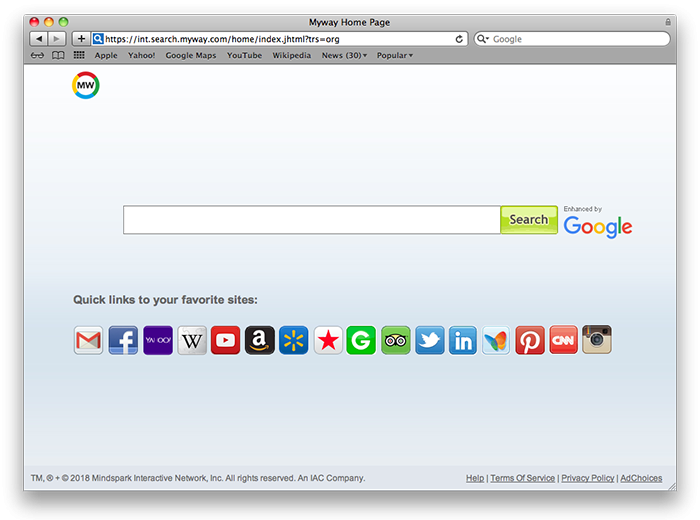
Whereas the MyWay Search virus boasts greater distribution than most of the competing infections, it goes the exact same route as far as the contamination chain is concerned. Specifically, the troublemaking program infiltrates Macs while accompanying other, ostensibly unrelated apps which, in their turn, play the role of a red herring. In other words, the cybercrooks harness the good ol’ bundling trick, where malicious entities make the rounds alongside benign ones. The catch is that the fact of combined installation is never disclosed in the setup client. Therefore, users keep thinking they are installing some fancy free app all the way throughout the installation process while having no clue the default option has got a pest on board.
This browser hijacker often tailgates into Macs alongside extensions that claim to provide file format conversion or geolocation features. A few examples are MapsGalaxy, fromDOCtoPDF, and PConverter browser toolbars. The trio is made by the same publisher, with MyWay Search being laced with each installation as an extra web surfing “enhancement”. Therefore, Mac users who would like to use an advanced maps feature or switch between different formats of documents, audio and video files, graphics and currencies on the go, run the risk of unwittingly authorizing the bundle that will replace the browsing preferences with a rogue value. Once the penetration has taken place, MyWay Search leverages pretty much the same tactics as the average adware. It embeds a new pseudo helper item into all instances of major web browsers detected in the system. This baddie is both multi-platform and cross-browser, so it will affect Safari, Chrome, and Firefox in a similar fashion. The unwanted extension will then tweak web navigation settings, including the preferred start page, search provider, and possibly the new tab page. These are replaced by int.search.myway.com or hp.myway.com, so the enslaved browser will be resolving the wrong URL off and on.
The landing page itself is not dangerous, although unannounced and uninvited. If the victim tries to run a search there, they will get relevant Google results diluted with sponsored links. A menace hidden underneath this activity is that the ads match the user’s interests most of the time, which gives a clue that the malicious extension keeps tabs on the browsing history without clearly asking for the appropriate access. The individuals behind MyWay Search, obviously, seek to intercept unsuspecting users’ Internet traffic in order to monetize it – this scheme is as old as the adware industry itself. If this virus is inside your Mac, here is what you should do to stop participating in this nefarious enrichment campaign done at the expense of regular users’ serenity.
MyWay Search virus manual removal for Mac
The steps listed below will walk you through the removal of this malicious application. Be sure to follow the instructions in the specified order.
- Expand the Go menu in your Mac’s Finder bar and select Utilities as shown below.

- Locate the Activity Monitor icon on the Utilities screen and double-click on it.

- In the Activity Monitor app, look for MyWay Search or another process that appears suspicious. To narrow down your search, focus on unfamiliar resource-intensive entries on the list. Keep in mind that its name isn’t necessarily related to the way the threat is manifesting itself, so you’ll need to trust your own judgement. If you pinpoint the culprit, select it and click on the Stop icon in the upper left-hand corner of the screen.

- When a follow-up dialog pops up asking if you are sure you want to quit the troublemaking process, select the Force Quit option.

- Click on the Go menu icon in the Finder again and select Go to Folder. You can as well use the Command-Shift-G keyboard shortcut.

- Type /Library/LaunchAgents in the folder search dialog and click on the Go button.

- Examine the contents of the LaunchAgents folder for dubious-looking items. Be advised that the names of files spawned by malware may give no clear clues that they are malicious, so you should look for recently added entities that appear to deviate from the norm.
As an illustration, here are several examples of LaunchAgents related to mainstream Mac infections: com.pcv.hlpramc.plist, com.updater.mcy.plist, com.avickUpd.plist, and com.msp.agent.plist. If you spot files that don’t belong on the list, go ahead and drag them to the Trash.

- Use the Go to Folder lookup feature again to navigate to the folder named ~/Library/Application Support (note the tilde symbol prepended to the path).

- When the Application Support directory is opened, identify recently generated suspicious folders in it and send them to the Trash. A quick tip is to look for items whose names have nothing to do with Apple products or apps you knowingly installed. A few examples of known-malicious folder names are SystemSpecial, ProgressSite, and IdeaShared.

- Enter ~/Library/LaunchAgents string (don’t forget to include the tilde character) in the Go to Folder search area.

- The system will display LaunchAgents residing in the current user’s Home directory. Look for dodgy items related to MyWay Search virus (see logic highlighted in subsections above) and drag the suspects to the Trash.

- Type /Library/LaunchDaemons in the Go to Folder search field.

- In the LaunchDaemons path, try to pinpoint the files the malware is using for persistence. Several examples of such items cropped by Mac infections are com.pplauncher.plist, com.startup.plist, and com.ExpertModuleSearchDaemon.plist. Delete the sketchy files immediately.

- Click on the Go menu icon in your Mac’s Finder and select Applications on the list.

- Find the entry for MyWay Search or another app that clearly doesn’t belong there and move it to the Trash. If this action requires your admin password for confirmation, go ahead and enter it.

- Expand the Apple menu and select System Preferences.


- Proceed to Users & Groups and click on the Login Items tab.
The system will display the list of items launched when the computer is starting up. Locate the potentially unwanted app there and click on the “-” (minus) button.

- Now select Profiles under System Preferences. Look for a malicious item in the left-hand sidebar. Several examples of configuration profiles created by Mac adware include TechSignalSearch, MainSearchPlatform, AdminPrefs, and Chrome Settings. Select the offending entity and click on the minus sign at the bottom to eliminate it.

If your Mac has been infiltrated by adware, the infection will most likely continue to hold sway over your default web browser even after you remove the underlying application along with its components sprinkled around the system. Use the browser cleanup instructions below to address the remaining consequences of this attack.
Get rid of int.search.myway.com / hp.myway.com redirects in web browser
To begin with, the web browser settings taken over by the [VIRUSNAME] virus should be restored to their default values. Although this will clear most of your customizations, web surfing history, and all temporary data stored by websites, the malicious interference should be terminated likewise. The overview of the steps for completing this procedure is as follows:
- Remove MyWay Search virus from Safari
- Open the browser and go to Safari menu. Select Preferences in the drop-down list

- Once the Preferences screen appears, click on the Advanced tab and enable the option saying “Show Develop menu in menu bar”.

- Now that the Develop entry has been added to the Safari menu, expand it and click on Empty Caches.

- Now select History in the Safari menu and click on Clear History in the drop-down list.

- Safari will display a dialog asking you to specify the period of time this action will apply to. Select all history to ensure a maximum effect. Click on the Clear History button to confirm and exit.

- Go back to the Safari Preferences and hit the Privacy tab at the top. Find the option that says Manage Website Data and click on it.

- The browser will display a follow-up screen listing the websites that have stored data about your Internet activities. This dialog additionally includes a brief description of what the removal does: you may be logged out of some services and encounter other changes of website behavior after the procedure. If you’re okay with that, go ahead and click on the Remove All button.

- Restart Safari
- Open the browser and go to Safari menu. Select Preferences in the drop-down list
- Remove MyWay Search in Google Chrome
- Open Chrome, click the Customize and control Google Chrome (⁝) icon in the top right-hand part of the window, and select Settings in the drop-down

- When on the Settings pane, select Advanced
- Scroll down to the Reset settings section.

- Confirm the Chrome reset on a dialog that will pop up. When the procedure is completed, relaunch the browser and check it for malware activity.

- Open Chrome, click the Customize and control Google Chrome (⁝) icon in the top right-hand part of the window, and select Settings in the drop-down
- Remove MyWay Search from Mozilla Firefox
- Open Firefox and go to Help – Troubleshooting Information (or type about:support in the URL bar and press Enter).


- When on the Troubleshooting Information screen, click on the Refresh Firefox button.

- Confirm the intended changes and restart Firefox.
- Open Firefox and go to Help – Troubleshooting Information (or type about:support in the URL bar and press Enter).
Get rid of MyWay Search malware using Combo Cleaner removal tool
The Mac maintenance and security app called Combo Cleaner is a one-stop tool to detect and remove MyWay Search virus. This technique has substantial benefits over manual cleanup, because the utility gets hourly virus definition updates and can accurately spot even the newest Mac infections.
Furthermore, the automatic solution will find the core files of the malware deep down the system structure, which might otherwise be a challenge to locate. Here’s a walkthrough to sort out the MyWay Search issue using Combo Cleaner:
- Download Combo Cleaner installer. When done, double-click the combocleaner.dmg file and follow the prompts to install the tool onto your Mac.
By downloading any applications recommended on this website you agree to our Terms and Conditions and Privacy Policy. The free scanner checks whether your Mac is infected. To get rid of malware, you need to purchase the Premium version of Combo Cleaner.
- Open the app from your Launchpad and let it run an update of the malware signature database to make sure it can identify the latest threats.
- Click the Start Combo Scan button to check your Mac for malicious activity as well as performance issues.

- Examine the scan results. If the report says “No Threats”, then you are on the right track with the manual cleaning and can safely proceed to tidy up the web browser that may continue to act up due to the after-effects of the malware attack (see instructions above).

- In case Combo Cleaner has detected malicious code, click the Remove Selected Items button and have the utility remove MyWay Search threat along with any other viruses, PUPs (potentially unwanted programs), or junk files that don’t belong on your Mac.

- Once you have made doubly sure that the malicious app is uninstalled, the browser-level troubleshooting might still be on your to-do list. If your preferred browser is affected, resort to the previous section of this tutorial to revert to hassle-free web surfing.


